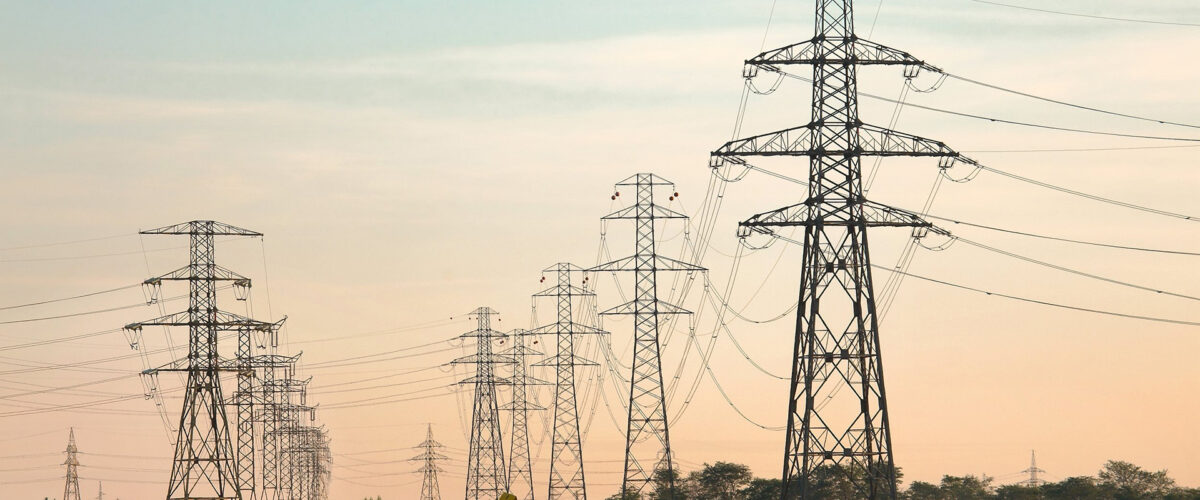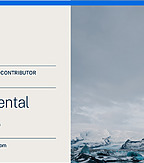Article | 14 January 2020
Mitigating the Risk of Uncertainty: The Growth of Corporate PPAs

After many years of public subsidies, there is now a growing echo of demand from the energy sector to cut loose from public support and let the profitability of renewable energy investments be solely dictated by free market forces with the price of electricity becoming unconditionally subject to the law of supply and demand. Fluctuating market prices involve risk of uncertainty, which is increasingly often sought to be mitigated by way of concluding long-term PPAs (Power Purchase Agreements). Setterwalls Jonas Frii and Johan Göransson share their view on the latest PPA developments and the legal challenges associated with concluding so called Corporate PPAs.
In the past decade, many Europeans have noted how the renewable energy boom has hit most corners of the continent. The activity has been particularly high in the Nordics, where the long-time pro-renewable energy policies, advantageous wind conditions and reliable grid structure have driven growth and stimulated a keen appetite from non-Nordic investors to acquire renewable energy assets. The levelised costs of renewable energy becoming competitive along with the phasing out of public subsidies, in combination with the ever-growing corporate demand for clean energy, has led to a significant growth in the use of PPAs.
PPAs in Essence
In brief, a PPA is an agreement between a generator of electricity and an off-taker to sell respectively purchase electricity outside of the wholesale spot markets. While there are many types of PPAs with varying characteristics, the parties are typically incentivised by the PPA offering a stable revenue stream and possibility to obtain beneficial project financing (producer side) as well as the long-term predictability on energy costs, security of supply, first-mover image in regard to sustainability and corporate responsibility for the environment (off-taker side).
The most recent phenomenon on the Nordic market is the increased number of long-term PPAs being concluded directly between large consumers in the form of global companies (with tech and heavy industry corporates taking pole position) and the electricity producer, so called Corporate PPAs (CPPA). The off-taker under a CPPA benchmarks against retail prices, which often enables the producer to lock-in higher electricity prices than if the off-takers are traditional utilities benchmarking against wholesale prices.
Structure and Characteristics
While the characteristics of a PPA regarding volume, pricing and risk profile may differ substantially, the agreement itself is typically structured either as a “physical” or a “synthetic” PPA (the latter sometimes being referred to as a “virtual” PPA). Under a physical PPA, the off-taker receives the purchased power in the same grid, either through a direct line or by engaging a utility or trading firm to manage balancing and load forecasting as well as the physical transfer of electricity to the consumption site.
Synthetic PPAs, being merely a derivative instrument, are becoming more and more common on the European market. The synthetic PPA does not involve a physical transfer of electricity between the contract parties but is rather a financial hedge by which the off-taker hedges the producer’s exposure to fluctuating spot prices. The choice between different CPPA structures is often made after taking into consideration the specific attributes and circumstances concerning the relevant project, including inter alia the physical distance between the off-taker and producer. In addition to the reporting obligations imposed on energy producers pursuant to the wholesale Energy Market Integrity and Transparency Regulation (REMIT), synthetic PPAs, as a financial product, are subject to reporting obligations pursuant to the European Market Infrastructure Regulation (EMIR).
Legal Considerations while Concluding a CPPA
The conclusion of a CPPA does not merely require substantial commercial considerations. While the principle of freedom of contracts applies under Swedish law in relation to PPAs, the negotiation and conclusion of such agreements nonetheless presupposes certain legal considerations. With typical tenors ranging from 10 to 15 years, the CPPA should include provisions providing the contracting parties flexibility for future events as well as the possibility to react to legislative changes. After reaching a joint understanding of the CPPA structure (choosing between inter alia fixed or variable volumes, pay as produced, baseload or route-to-market solutions), the commercial agreement needs to be transformed into and structured as clauses in the CPPA. Furthermore, the parties must negotiate and agree on topics such as credit support, compensation mechanism for curtailments and rights to set-off.
When entering into CPPA negotiations, the producer is often faced with the tricky challenge of considering the content of the CPPA in light of the larger set of agreements, e.g. the turbine supply agreement (TSA), the civil balance of plant agreement (CBoP) and the service and availability agreement (SAA), which jointly constitute the legal framework of the wind farm. Despite the quantity of documents and its complex content, it is vital not to lose track of important provisions regulating general timing issues and inter alia:
• dates for anticipated and guaranteed commercial operations date (COD) and how these dates are aligned with guaranteed dates for completion under the CBoP and the TSA;
• the levels of delay liquidated damages recoverable in case of delay under the TSA and the amount of liquidated damages in turn payable to the off-taker under the CPPA for failure to reach COD;
• the relation between availability warranties under the SAA and provisions on production deficiency payments under the CPPA (if any);
• general bankability of the CPPA, e.g. in the form of security assignment provisions acceptable to a financing provider and obligations of an off-taker to enter into a direct agreement;
• back-to-back alignment between definitions of force majeure events in underlying project agreements and the CPPA; and
• any increases and decreases to limitation of liabilities.
By working closely with its legal advisor, the producers usually manage to perceive these challenges and off-takers are consequently often requested to consider certain deviations from their internal templates.
In summary, the legal and commercial considerations are interlinked and the conclusion of a CPPA requires a substantial amount of close collaboration between the legal and commercial expertise.
The Future Risk of Uncertainty and the Role of CPPAs
Looking ahead in Europe in general and the Nordics in particular, we will continue to witness the phasing out of more stable energy sources as part of the larger transmission into a greener world where the energy generation capacity is dominated by fluctuating renewable energies. This aggravates the already challenging task to overlook and calculate the future supply of electricity, which inevitably results in an increased uncertainty in market prices. We believe it to be very likely that CPPAs will play a major role in managing the risk of uncertainty as it works as a tool to mutually secure long-term price certainty.
We would also expect a diversification on the corporate off-take side with an increased use of multi-buyer structures, resulting in a shift away from sole corporate buyers to consortiums of regional companies. In light of the current pace with which renewable energy sources are being constructed, industrial, tech and other corporate counterparties will only be able to absorb a certain amount of the expected long-term merchant risk volume, leading to the likely increased participation of traders and intermediaries, financial institutions and long-term investors with merchant risk appetite.
Setterwalls team
Setterwalls’ specialist team in energy & commodities holds a market leading position in the Nordics and is ranked as Tier 1 by the major ranking institutes. Through our in-depth knowledge and experience of the energy industry gained from our participation in the largest and most complex energy transactions and regulatory proceedings in Sweden, combined with excellent relationship to the energy sector, we have the commercial credibility to help our clients to achieve their objectives and to navigate in the complex energy market and political environment. Setterwalls’ team has been involved in the negotiations of many of the most notable PPA transactions concluded on the Swedish market.
Contact:
Practice areas:
Banking and finance, Energy and commodities, Environmental law, Mergers and Acquisitions


